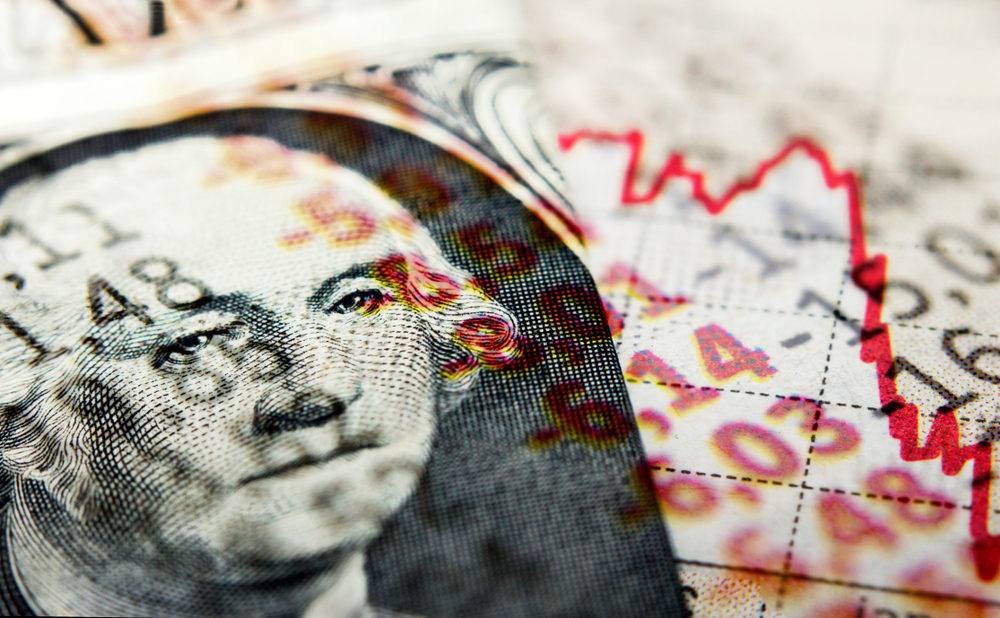Could inflation be peaking? The Bureau of Economic Analysis reported today the personal consumption expenditures price index grew by 0.2% from March to April but rose an additional basis point when excluding food and gas prices. Both figures matched expectations.
On a year-over-year basis, the headline and the core PCE price indices grew by 6.3% and 4.9%, respectively, down from 6.6% and 5.2% in March.
For the core PCE index, it was the second straight month in which year-over-year growth slowed – from 5.3% in February to 5.2% in March to 4.9% in April.
That is given hope to investors that maybe – just maybe – inflation could be on the downswing.
What is the PCE price index?
The PCE price index is a measure of the prices people in the US pay for goods and services. Changes in the PCE capture inflation or deflation.
The PCE price index, which is also referred to as the PCE deflator, is similar to the consumer price index. However, it’s the PCE deflator that the Federal Reserve watches more closely and uses as a gauge when targeting 2% inflation.
According to the Fed, “PCE inflation has broader coverage and is more responsive to shifting spending patterns than inflation as measured by the Consumer Price Index”.
To understand why the Fed says that, it is worth exploring the differences between the PCE deflator and the CPI.
What sets them apart
There are three primary differences between the two inflation measures. The first is the weighting the two indices put on different goods and services. The basket that’s used in the CPI is determined by what households are buying, while the basket used in the PCE is based on what businesses are selling.
For example, the Bureau of Labor Statistics says that shelter costs have a much greater weight in the CPI than the PCE. So, if housing and rent costs are rising faster than the prices for other things, then CPI inflation is going to look higher than PCE inflation, all else equal.
Another difference between the two is how comprehensive the basket of goods and services used in the inflation calculations are. The PCE’s basket is broader than the basket used in the CPI.
The Federal Reserve Bank of Cleveland (FRBC) says that “the CPI only covers out-of-pocket expenditures on goods and services purchased. It excludes other expenditures that are not paid for directly, for example, medical care paid for by employer-provided insurance, Medicare, and Medicaid. These are, however, included in the PCE.”
The third difference relates to the formula that the two indices use to calculate inflation. In the case of the CPI, the basket of goods and services that are used to measure inflation is largely static, while in the case of the PCE, that basket changes as prices change.
The FRBC described it as such: “If the price of bread goes up, people buy less bread, and the PCE uses a new basket of goods that accounts for people buying less bread. The CPI uses the same basket as before.”
CPI still important
The PCE is broader and more dynamic than the CPI, which is why the Fed prefers it. Historically, inflation, as measured by the PCE, has been less than inflation as measured by the CPI – about half a percentage point less.
Still, despite the Fed’s preference for the PCE, that doesn’t mean the CPI isn’t important. When it comes to inflation adjustments for social security payments and inflation-linked bonds like TIPS, the CPI is what is used.
Especially in today’s economic environment where inflation is front and centre, investors should keep a close eye on both inflation measures.
This story was originally published onETF.com
Related articles


